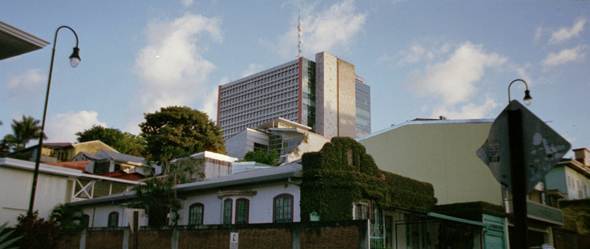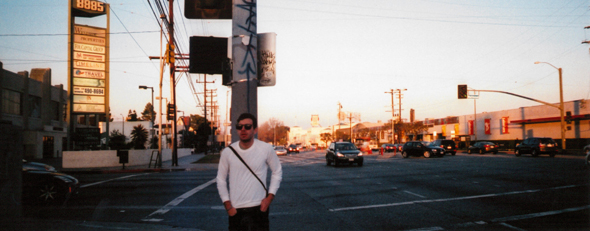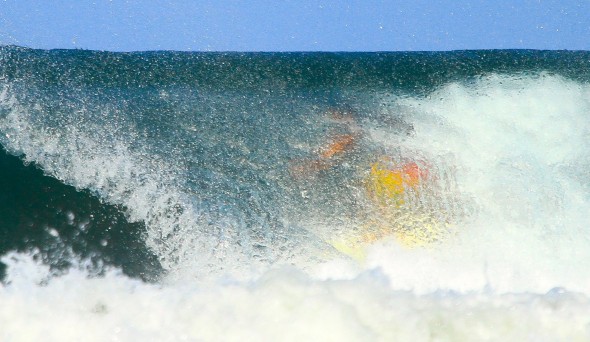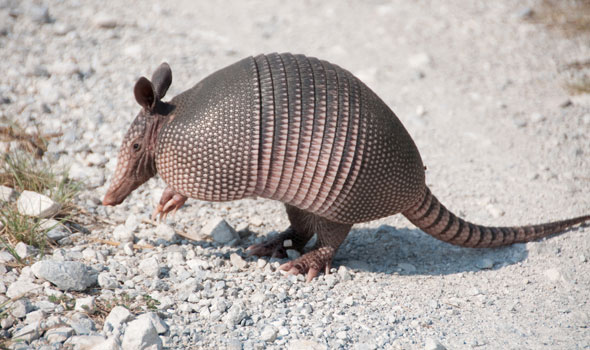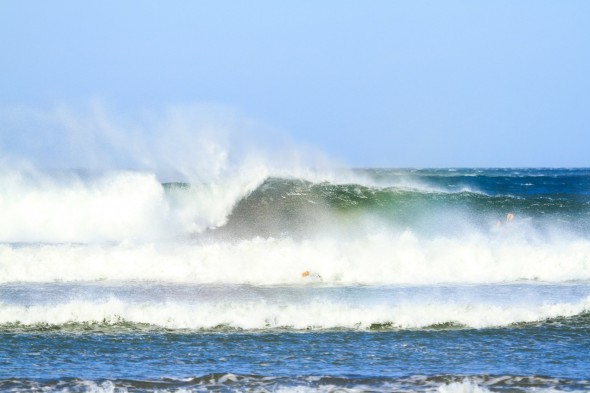Indifferent to the latest low-carb diet craze, hummingbirds can devour half their weight in pure sugar each day. Costa Rica boasts more than 50 different species of hummingbird, many showcasing shimmering colors and sporting uniquely shaped beaks designed to draw nectar from the types of flowers they have evolved to favor. These flashy little aerial acrobats also consume flying insects and spiders to help them get the proteins and vitamins they need to keep their wings racing up to 100 beats per second. With one of the highest metabolisms in the animal kingdom, hummingbirds are never too far away from starving, and get pretty sensitive about keeping their favorite nectar sources all to themselves. To save vital energy at night, they can even reduce their metabolism, heart rate, and breathing by entering a hibernation-like state called torpor…not to be confused with a sugar crash.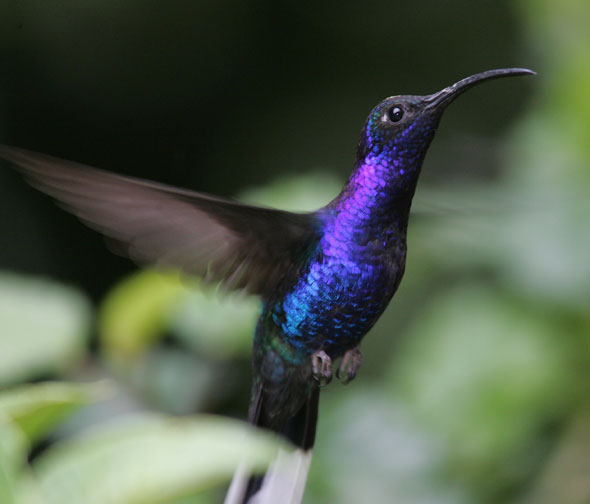
Blog
The Hummingbird
The Many Projects of Stephanie Newcomb
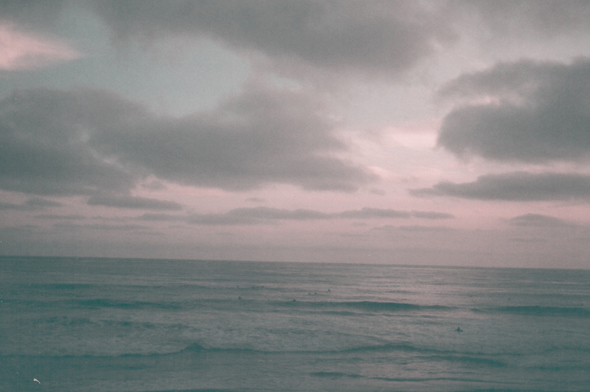
Name: Stephanie Newcomb
Where are you from? Where do you live?
I am originally from Costa Rica, born and raised in San Jose. I escaped Costa Rica after I graduated high school and moved to Pittsburgh for college. I traveled a bit while in school and after. I have been living in Los Angeles since –almost- two years ago.
What is your main artistic practice?
I graduated in architecture and continue to pursue a career in the field but it takes a while so I diverge into other side projects. The side projects are usually a combination and intersection between photography, art installation and video work.
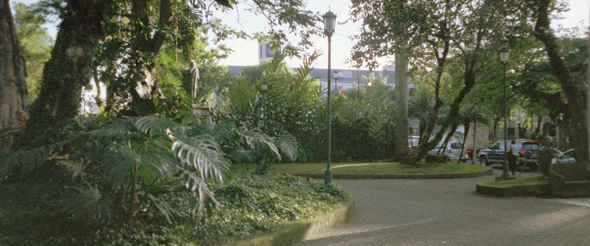
What led you to take photos in Costa Rica?
I go back to Costa Rica every year or two. I mainly back to make the obligatory parental visit but in in all seriousness, I am really close to my friends there and it is an amazing place to call home. I take my camera with me everywhere so it’s only natural to do the same when I’m back there. I mostly document my visit there which usually involves a few days around downtown and a couple of weeks around the coast. (This question should really be why did I ever leave Costa Rica). Last time I was there I had recently acquired this really cheap panorama toy camera I’ve been experimenting with. It’s great because it’s really a ‘point and shoot’ and has absolutely no settings to play with but it’s also very light. Also I don’t have to be scared of it being robbed anywhere because it looks like a cheap plastic toy! I went from San Jose to Guanacaste and all the way down to Puerto Jimenez and took it everywhere especially when hiking in the Peninsula de Osa.
I enjoy experimenting a lot with film given the frame limitation, it makes me think more of the moment I want to shoot, especially with really old, expired or discontinued film. I mostly shoot a lot of one vantage point perspectives within landscape. I have a deep fascination with the term of ‘genius loci’ which translated means ‘spirit of place’. The term is often used to describe phenomenological character of a place. Using photography as a medium I usually seek out these types of moments, experiences and compositions as a way to document a place that is obviously limited by time and space especially places and ecosystems as fragile as Costa Rica.
What are you working on next?
Architecture wise I am working on designing a creative office space in Marina Del Rey. (It’s really cool because I’m using a mirrored stainless steel panel that mimics a lot of my fascination with space blankets and reflective materials). Otherwise I’m starting a design book website with my boyfriend where we want to archive all the design books we go through. I am also starting a project with one of my friends in New York that deals with claiming public space. It’s too early to tell what shape these new projects will take but I’m really excited for both of them.
Where can we find your work?
Photo blog: http://onestraightshot.tumblr.
Real website: www.stephanienewcomb.com
Lose the (Toxic) Leather
 Do you know what’s in your leather? Conventional leather requires an estimated 225 toxic chemicals in its tanning process and is a by-product of the meat industry, to which we allocate 25% of our world’s land surface, one-third of our grain, and a majority of our carbon emissions. (According to a 2009 Worldwatch Institute study, meat production accounts for 51% of our greenhouse gas emissions—that’s at least double that of cars.) So along with reconsidering that burger, take a minute to evaluate the type of leather you’re investing in for your shoes, bag or jacket. If you’re buying leather at all, look for the kind that’s tanned without heavy metals like chrome.
Do you know what’s in your leather? Conventional leather requires an estimated 225 toxic chemicals in its tanning process and is a by-product of the meat industry, to which we allocate 25% of our world’s land surface, one-third of our grain, and a majority of our carbon emissions. (According to a 2009 Worldwatch Institute study, meat production accounts for 51% of our greenhouse gas emissions—that’s at least double that of cars.) So along with reconsidering that burger, take a minute to evaluate the type of leather you’re investing in for your shoes, bag or jacket. If you’re buying leather at all, look for the kind that’s tanned without heavy metals like chrome.
The Nine-Banded Armadillo
The Nine-Banded Armadillo looks like it could have just strolled off the set of Land of the Lost. This prehistoric looking little mammal, the more common of two species of armadillo found in Costa Rica, has awful eyesight, and has even been known to bump into stationary objects at times. But this occasionally embarrassing sensory limitation is offset by several notable advantages that have helped it thrive and expand its range throughout the Americas. A female reproduces with scientific consistency, being the only known animal that delivers 4 genetically identical babies each and every time it gives birth. Its travels are not limited by barriers like waterways, since it can sink itself under the surface and then run across a riverbed while holding its breath. Or if it prefers, it can inflate its intestines at will and float merrily across. And predators are often thwarted in their hunting attempts, because although this particular species can’t roll up into an impenetrable ball like other armadillos, it can jump 4 feet in the air before darting off erratically into the undergrowth, leaving behind a befuddled attacker wondering how in the world something that looks like a tortoise just ran off like a hare.
8th Annual Costa Rica International Film Festival
Costa Rica’s 8th Annual International Film Festival will be held from June 5-8, 2014, in Montezuma. The Docufest follows, June 12-15, and the Shortsfest runs from June 19-22nd. Screenings, discussions, and other events encourage artists and audiences alike to participate in this celebration of creativity and craft. Filmmakers interested in submitting their work can do so until April 30th. Find details on their website: http://costaricafilmfestival.org.
Get Wise with Plastic
 BPA became a parent’s worst nightmare in May 2008 when the FDA acknowledged that this chemical—used to make hard plastic—was detected in urine of 93 percent of the population, including infants. A hormone disruptor, BPA migrates from cans and bottles into the substance inside; once ingested, it mimics estrogen and has been blamed for growing public-health problems such as obesity, early onset puberty in girls, reproductive problems in men and breast cancer in women. To go BPA-free as much as possible, reduce your use of plastics and canned food. Don’t microwave food in plastic—transfer it to a dish instead. If you have to use plastic, look for those labeled “BPA-free,” and always let food cool before you store in plastic.
BPA became a parent’s worst nightmare in May 2008 when the FDA acknowledged that this chemical—used to make hard plastic—was detected in urine of 93 percent of the population, including infants. A hormone disruptor, BPA migrates from cans and bottles into the substance inside; once ingested, it mimics estrogen and has been blamed for growing public-health problems such as obesity, early onset puberty in girls, reproductive problems in men and breast cancer in women. To go BPA-free as much as possible, reduce your use of plastics and canned food. Don’t microwave food in plastic—transfer it to a dish instead. If you have to use plastic, look for those labeled “BPA-free,” and always let food cool before you store in plastic.


